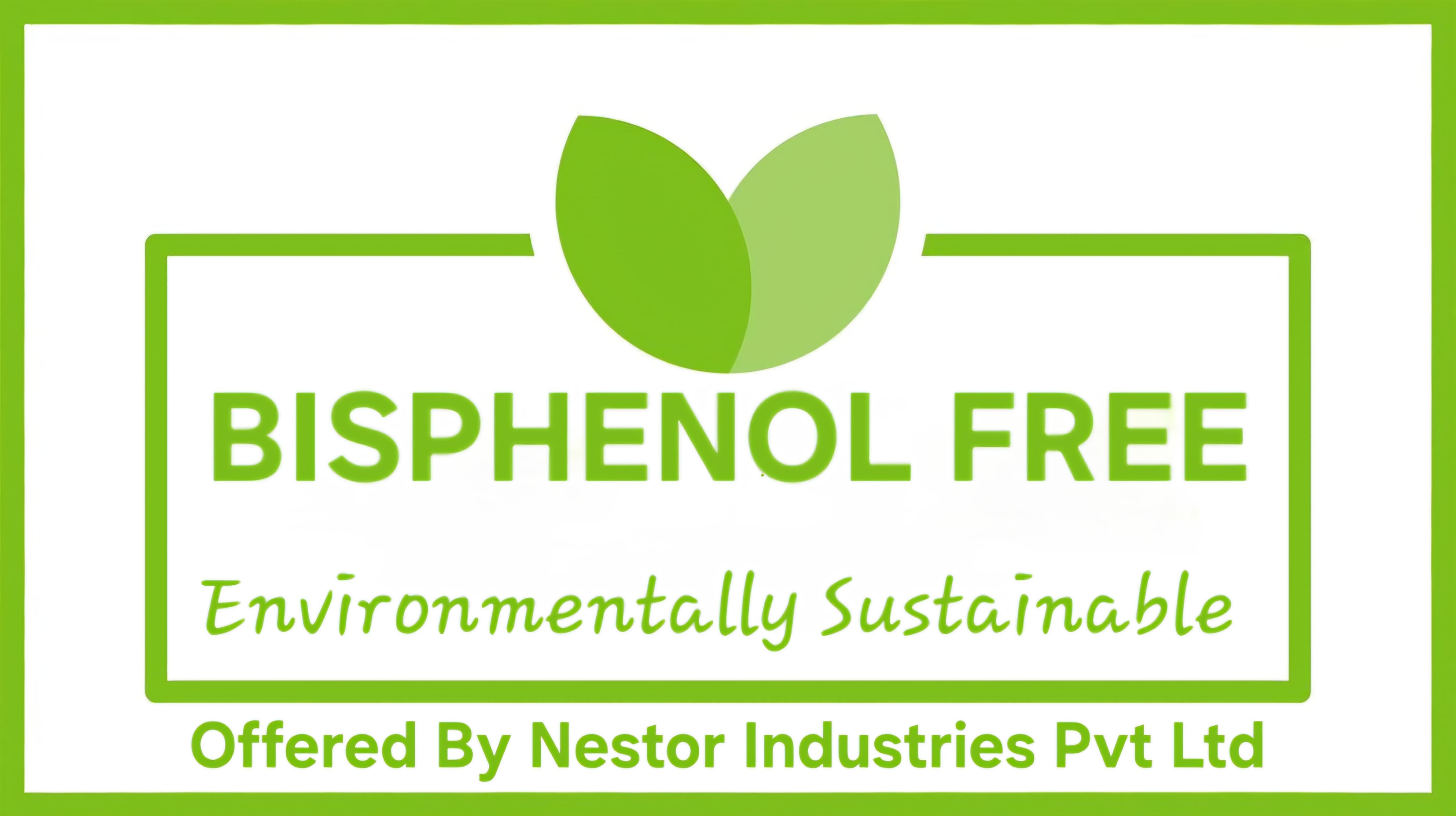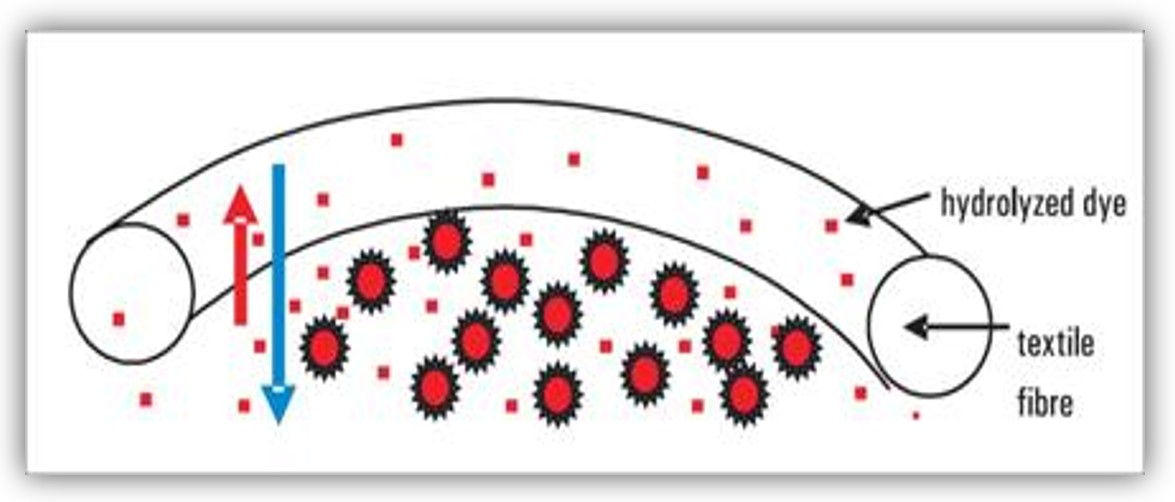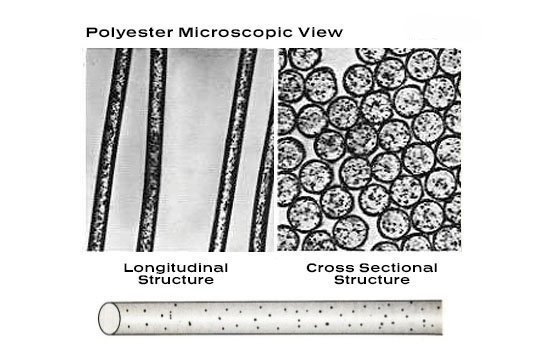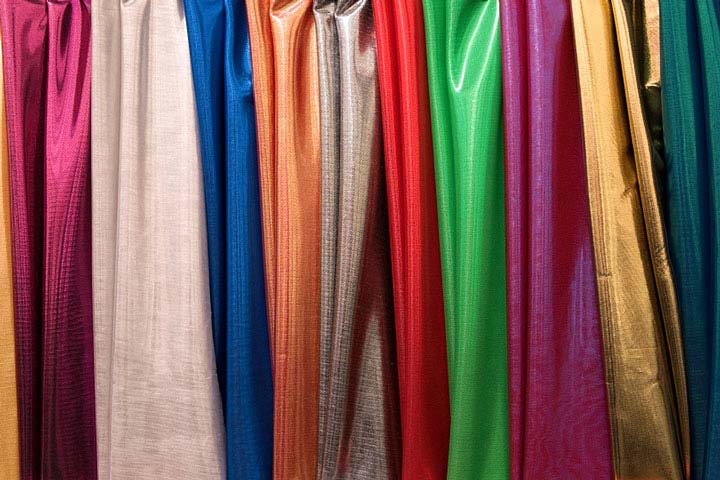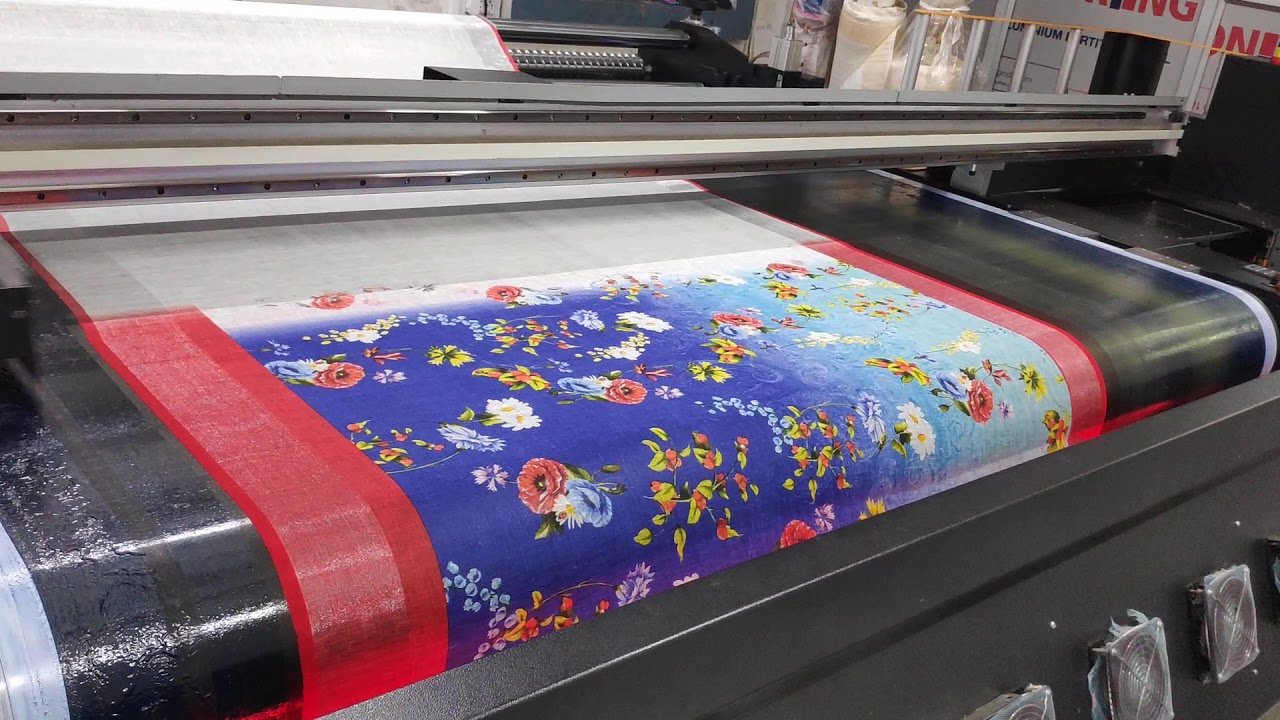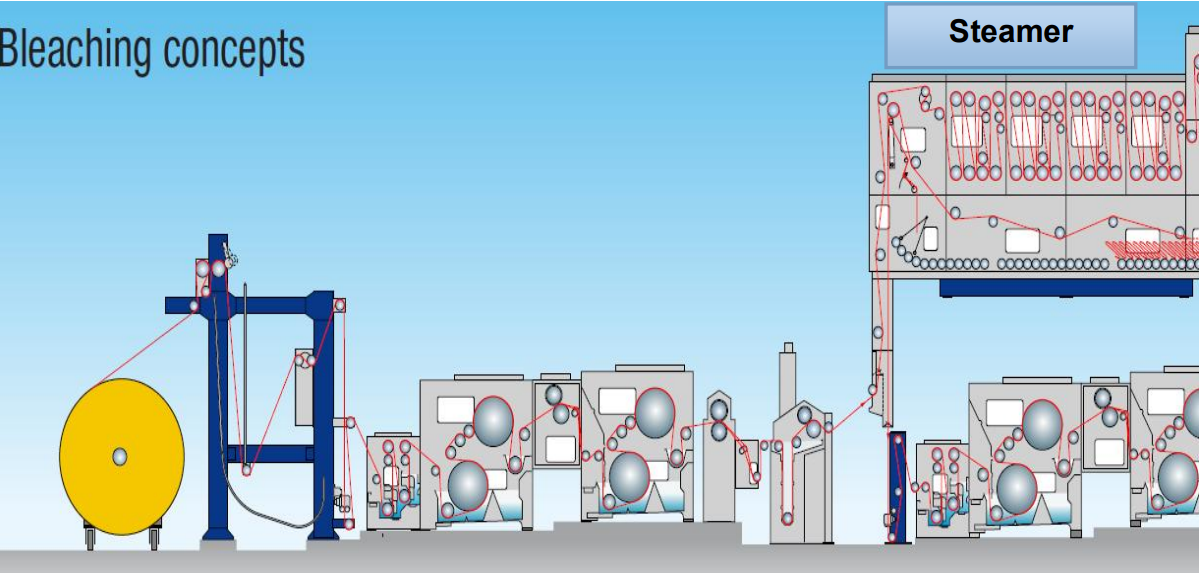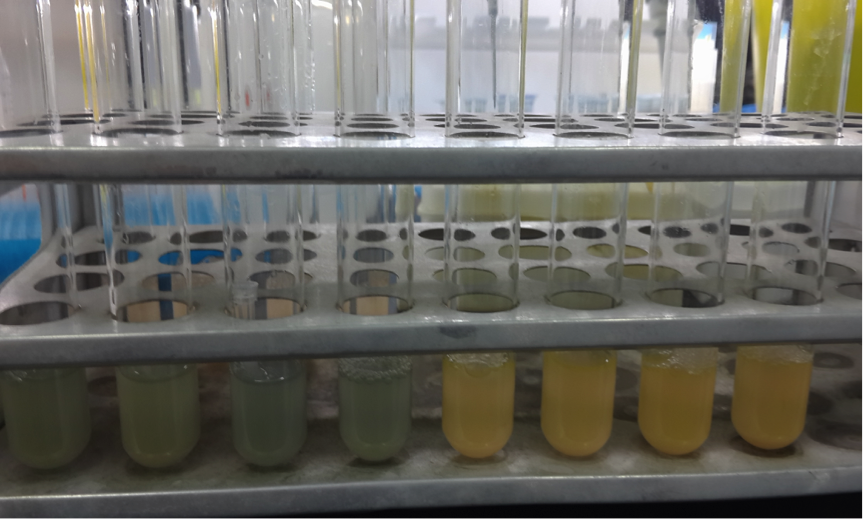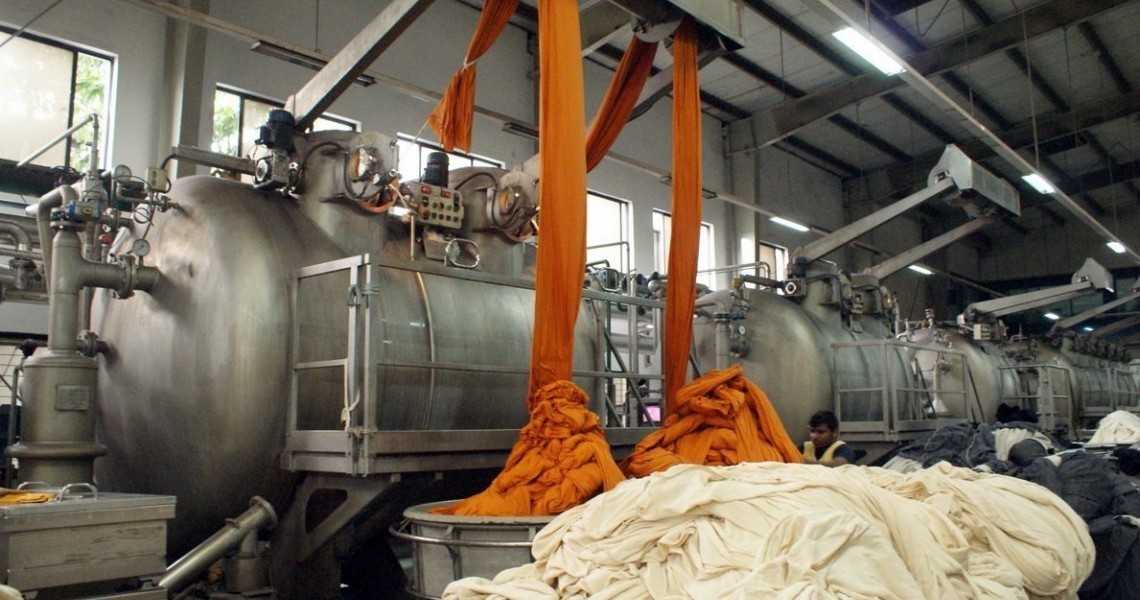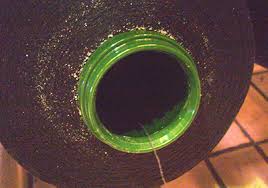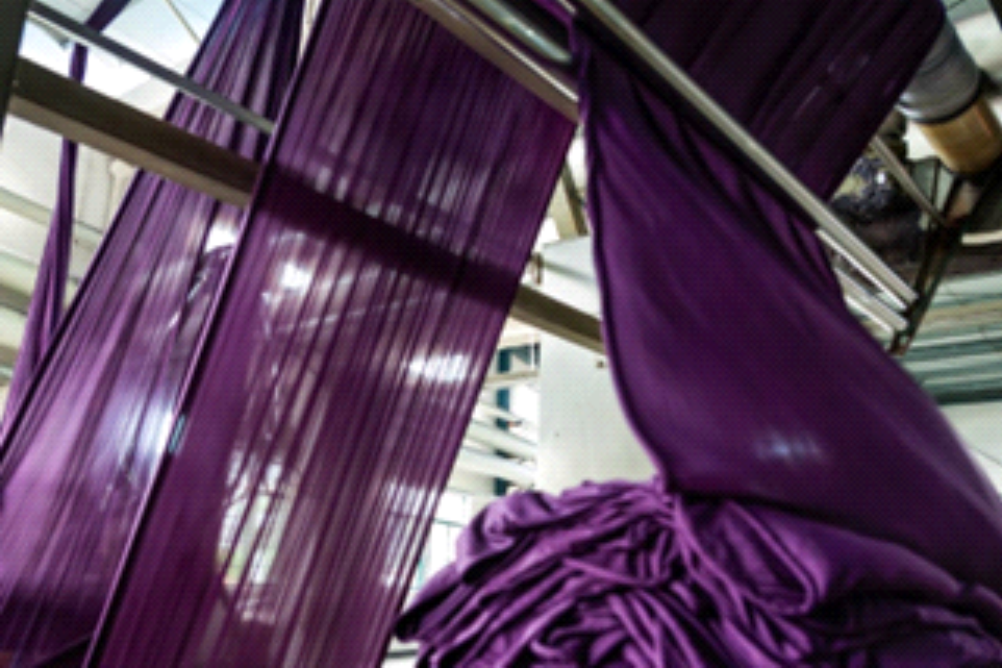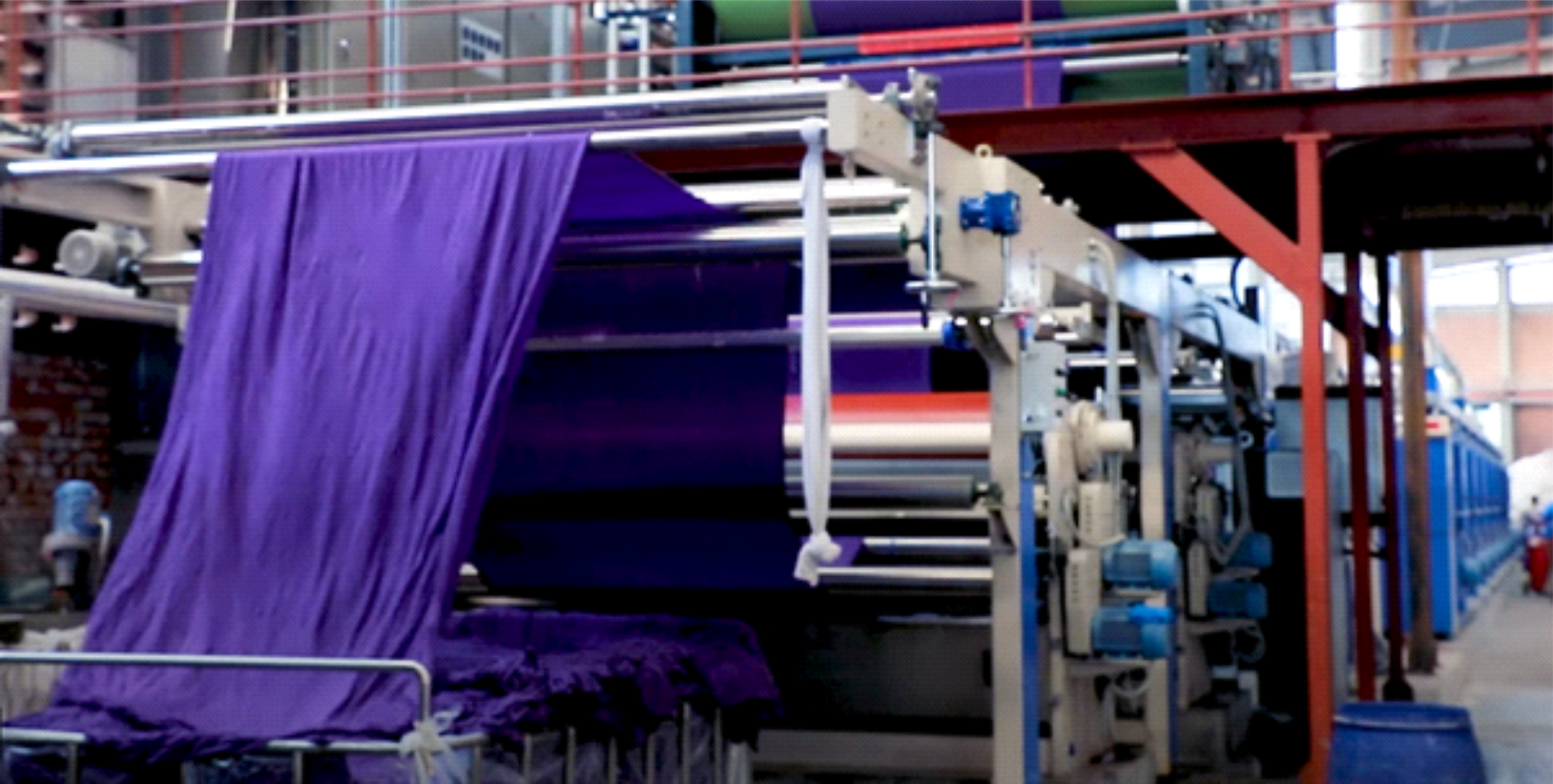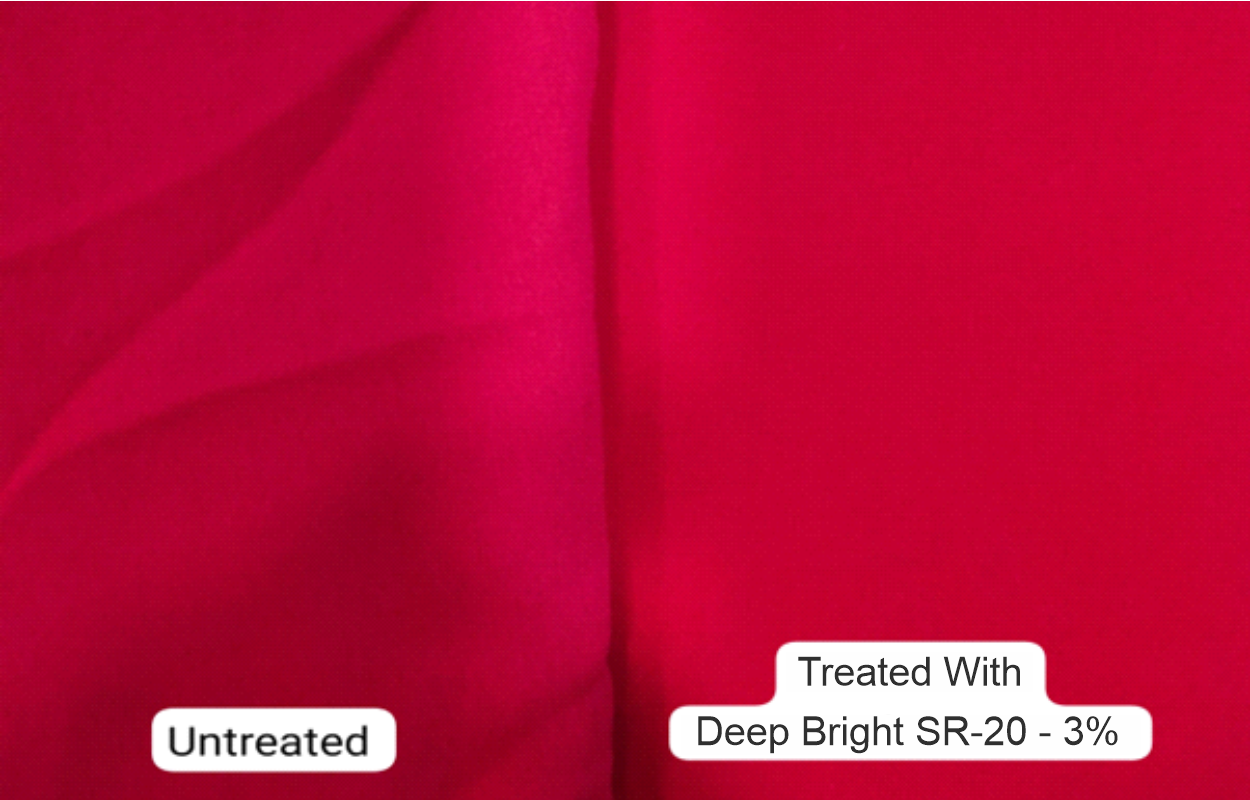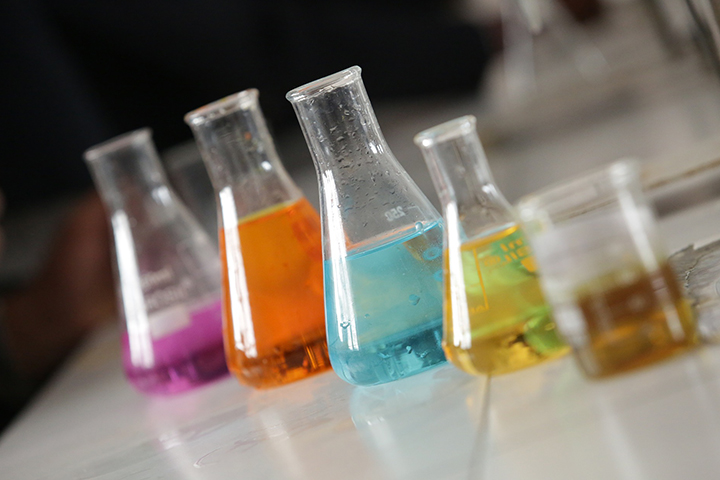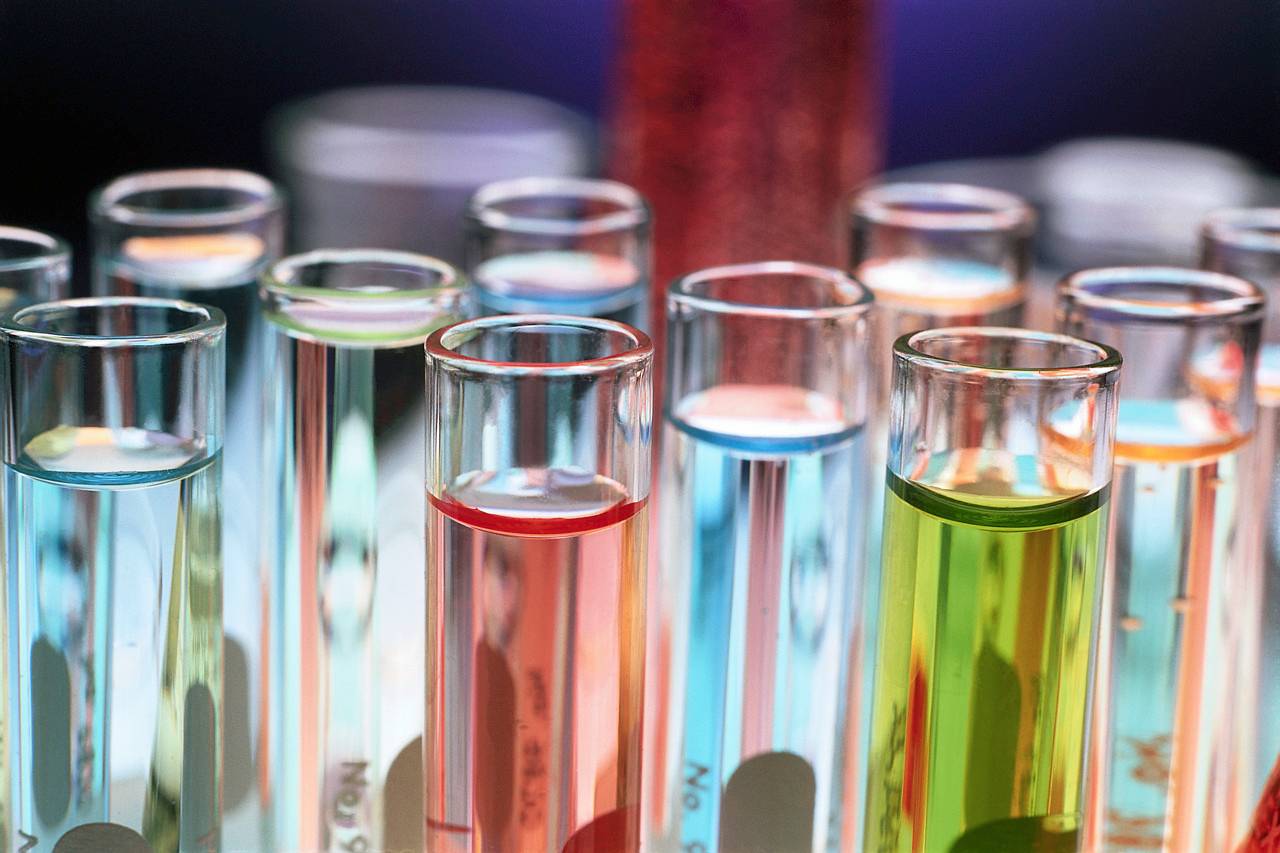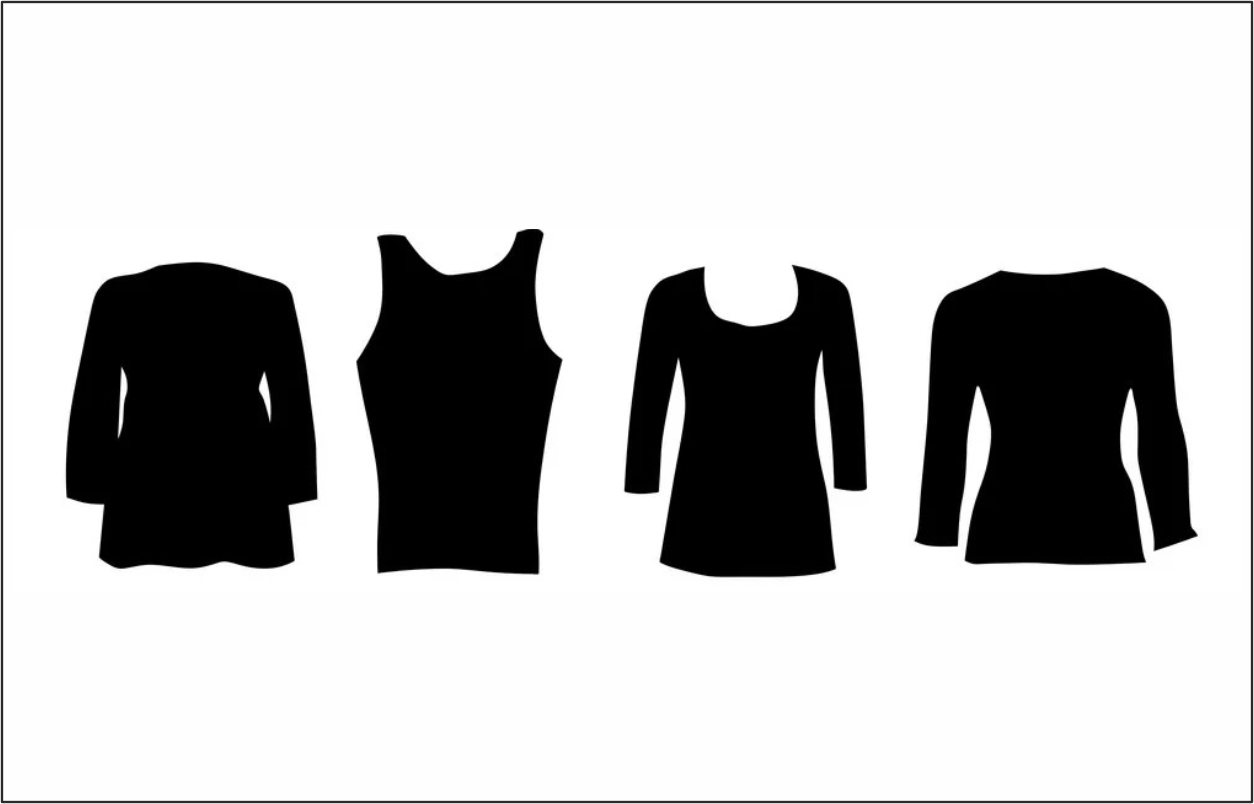In today's world, where sustainability and environmental consciousness are becoming paramount, the textile industry is constantly seeking innovative solutions to reduce its environmental footprint. One such solution is the use of bisphenol-free dye-fixing agents in the dyeing process of polyamide fibers. These eco-friendly alternatives not only contribute to safer manufacturing practices but also ensure high-quality, durable textiles.
A dye-fixing agent for polyamide is a chemical used in the textile industry to improve the colour fastness of dyed polyamide fibers without containing bisphenol compounds. These agents are designed to enhance the wash, rub, and light fastness of polyamide fabrics while being environmentally friendly and safer for both workers and consumers.
Understanding Bisphenols and Their Impact
Bisphenols, such as Bisphenol A (BPA) and Bisphenol S (BPS), are commonly used in various industrial applications, including the production of plastics and resins. However, their presence in textile processes has raised significant health and environmental concerns. Bisphenols are known to be endocrine disruptors, which means they can interfere with hormonal systems in humans and wildlife, leading to potential health risks. Exposure to Bisphenol A may affect the brain and prostate gland of fetuses, infants, and children
Chemically what is Bisphenols?
Bisphenols are a group of chemical compounds with two hydroxyphenyl functionalities. These compounds are based on two phenol groups connected by a bridging carbon atom. The general structure can be represented as:
\text{(C_6H_4OH) _2C(CH_3) _2}
These compounds are often used in the production of polycarbonate plastics and epoxy resins, but they are also known for their endocrine-disrupting properties, which have led to increasing regulatory scrutiny and efforts to find safer alternatives.
Why Bisphenol Free dye fixing agents required?
Bisphenol-free dye-fixing agents are required by industries that prioritize environmental sustainability and consumer safety. These industries include:
Textile and Apparel Industry:
Companies producing clothing, upholstery, and other fabric-based products often use these agents to ensure colour fastness while adhering to environmental standards.
Home Furnishing Industry:
Manufacturers of carpets, curtains, and other home textiles use bisphenol-free agents to meet consumer demand for safer and eco-friendly products.
Technical Textiles:
Industries producing geotextiles, automotive textiles, and other specialized fabrics require these agents to enhance durability and performance without harmful chemicals.
Sportswear and Outdoor Gear:
Brands focusing on sustainable and safe sportswear and outdoor equipment use bisphenol-free dye-fixing agents to ensure high-quality, long-lasting coloration.
What is MRSL limit for Bisphenols?
The Manufacturing Restricted Substances List (MRSL) sets limits for various chemicals, including bisphenols, to ensure safer manufacturing processes in the textile industry. The Zero Discharge of Hazardous Chemicals (ZDHC) Program, which many companies follow, specifies that bisphenols should not be intentionally used in production.
ZDHC MRSL 3.1, which is widely adopted, includes strict limits on bisphenols to minimize their presence in textile products. The exact numerical limits can vary depending on the specific bisphenol compound, but the general goal is to eliminate their use entirely in manufacturing processes.
The Zero Discharge of Hazardous Chemicals (ZDHC) Program's MRSL 3.1 sets strict limits on bisphenols to minimize their presence in textile products. For instance, bisphenol A (BPA) and bisphenol S (BPS) are typically restricted to concentrations below 1000 ppm (parts per million) in any chemical formulations used during production.
The ZDHC MRSL 3.1 sets strict limits on various bisphenol compounds to minimize their presence in textile products. Numerous bisphenols, including those listed and those which are under investigation based on the information available and their legal status, they may be added to the main list of ZDHC MRSL version 4.0 in the future.
Introducing Nestor Industries' Nylofix BPF
One notable bisphenol-free dye-fixing agent is Nestor Industries' Nylofix BPF. This product is specifically designed to improve the wet fastness of polyamide fabrics dyed with metal complex and acid dyes. Unlike conventional methods, Nylofix BPF enables one-bath fixing, which shortens the fixing process and time. It is suitable for both dipping and continuous methods and does not alter the colour shade or tone. Additionally, it prevents staining of white areas and is an excellent reserving agent for synthetic and natural polyamides.
Nestor Industries’ team provides personalized advice on Bisphenol Free dye fixing agents based on your specific requirements. We stay abreast of industry trends and continually explore cutting-edge dye fixing agents. Nestor Industries prioritizes sustainable practices for a greener future.
If any further information required on above you can get in touch with the technical representative of the company or write on below email id,
+91 8306083020 | +91 9377781836


